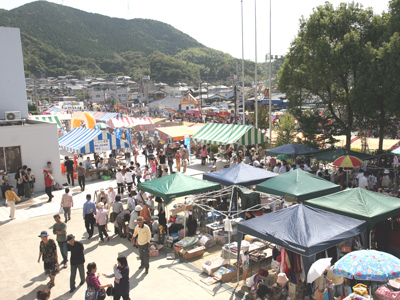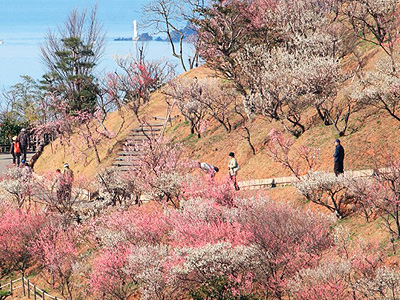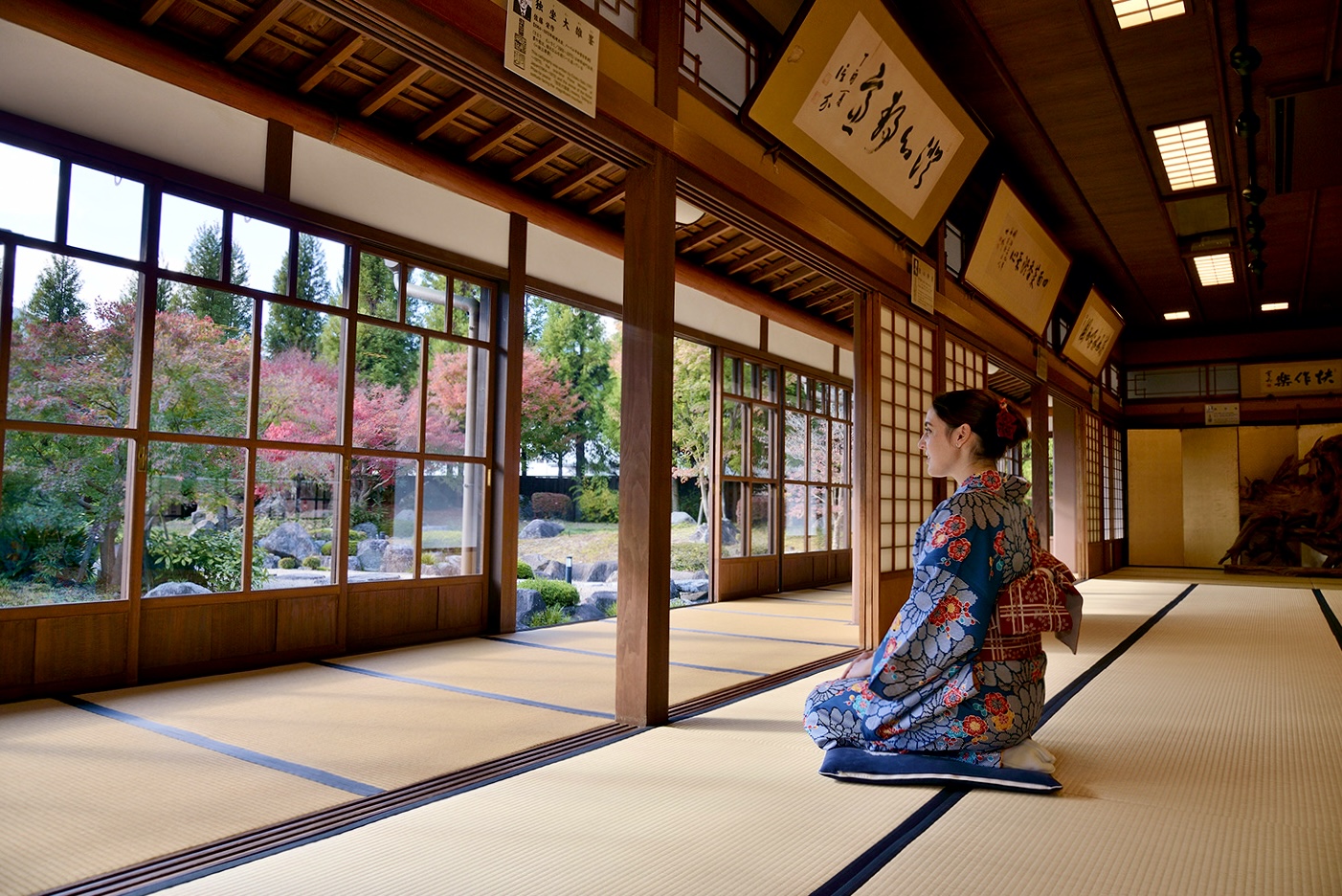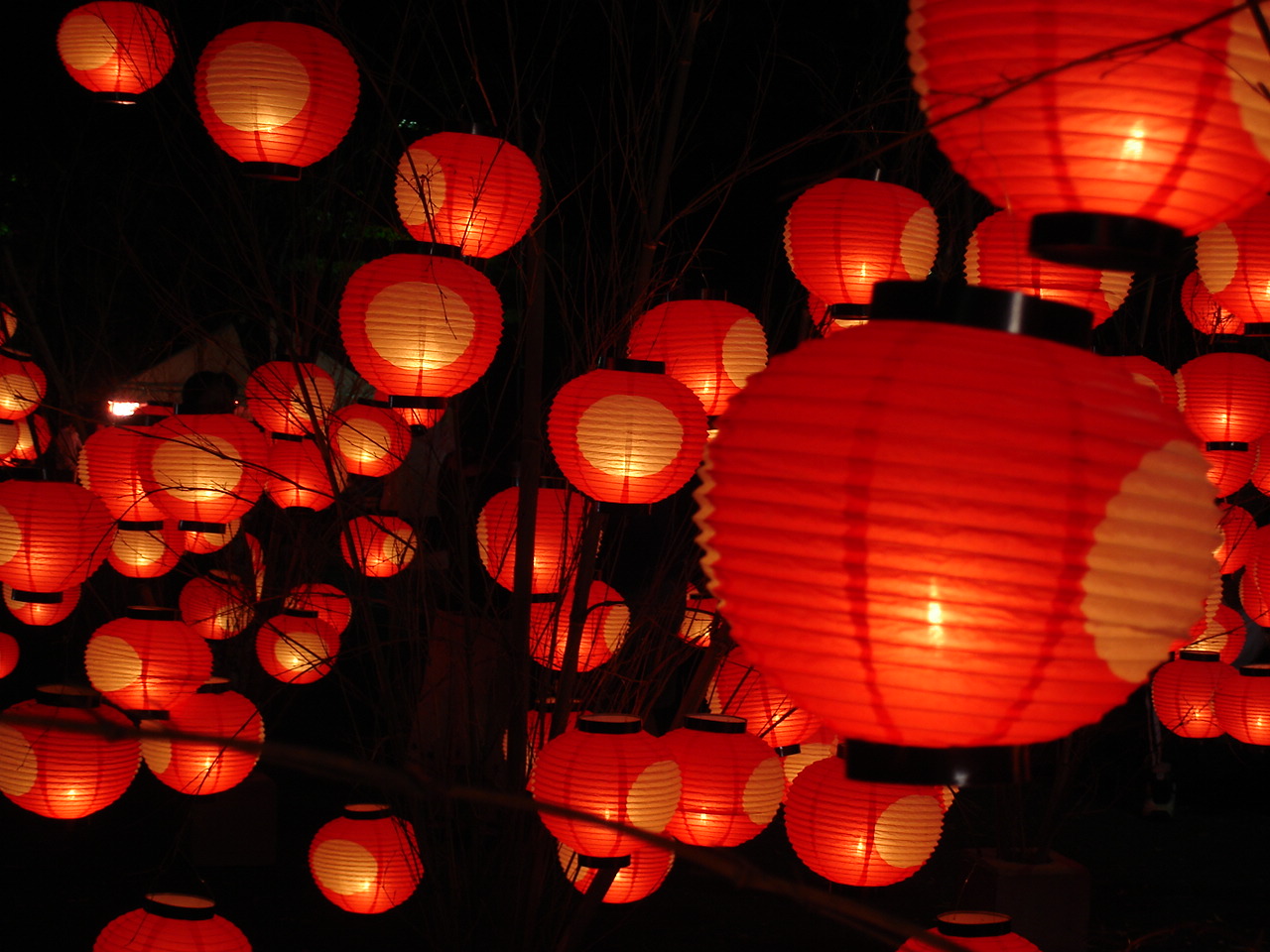
光まつり
市内園児による子どもみこしや、プラントツアー、山口県警察音楽隊によるコンサートといったイベントが盛りだくさん。特設ステージでは、吹奏楽やダンス、もちまきなどに加え、光市新市誕生20周年となる2024年は、スペシャルゲストによるトークショーを実施予定。市民ホール敷地内では、光市の物産販売や飲食店の出店もあり、一日中家族で楽しめる内容となっている。
Event Overview
Info
Event Period
Price
Event Category

The information provided reflects the details available at the time of the survey.
Please note that facility details may change due to the facility’s circumstances, so please check for the latest information before visiting.
This content has been translated using machine translation.
Information provided by: JTB Publishing
The content uses an automatic translation service, which is not always accurate.
The translated content may be different from the original meaning, so please understand and use it.

Enjoy a kimono-wearing town walk experience. You can take commemorative photos in the garden of Saikōtei and at nearby sightseeing spots, and even ride a traditional rickshaw operated at Saikōtei—offering a charming, retro-style adventure.

On the first day, the dance of the egrets will be dedicated at Yasaka Shrine, after which the shrine will be moved to the Gyosho, and on the last day 27, there will be a return of God from Gyosho to Yasaka Shrine. Copyright Yamaguchi To

Host date August 6 (Wed)/Thu. 7 (Thu) Host place Yamaguchi City Central Shopping Street, Yamaguchi Station Street, Park Road, etc. Contact Contact Contact Contact [Yamaguchi City Hometown Festival Executive Committee] TEL.083-932-3
This website uses cookies so that we can provide you with the best user experience possible. Cookie information is stored in your browser and performs functions such as recognising you when you return to our website and helping our team to understand which sections of the website you find most interesting and useful.
Strictly Necessary Cookie should be enabled at all times so that we can save your preferences for cookie settings.
If you disable this cookie, we will not be able to save your preferences. This means that every time you visit this website you will need to enable or disable cookies again.
